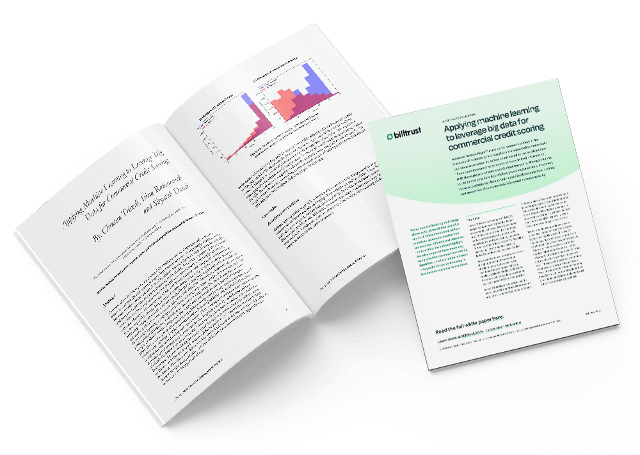Accurate forecasting of future performance is critical in the trade credit industry where suppliers are expected to make rapid decisions on whether to sell on commercial terms to a business. These decisions used to be based on very limited information. With the explosion of data over the last ten years, the opportunity to utilize this data intelligently has grown exponentially. However, these opportunities often remain unrealized because interpreting vast quantities of complex data is beyond human capacity.
Today, machine learning technology allows us to utilize all data available and to shift from traditional ad-hoc models to systematic models that are accurate, efficient and objective. In this article, the authors highlight the advantages of these models by using a well-known machine learning algorithm — artificial neural network — to predict future delinquency in business-to business transactions.
THE DATA shows that on a test sample of 40,000 unique companies, the neural network-based model achieved 30 percent higher prediction accuracy than the traditional models currently used by many credit departments and credit rating agencies. Further demonstrated is both the flexibility and scalability of machine learning derived models using two case studies. First, significant accuracy improvement of eight percent in the prediction of delinquency is observed in the healthcare sector by assimilating publicly available Medicare data into the model, which would take a human analyst a great effort to incorporate.
Second, building the model using the neural network algorithm with the same predictors as in the traditional Altman’s Z-Score yields a 13 percent improvement in bankruptcy prediction.
This illustrates that a machine learning derived model can automatically adapt to changes in input data patterns — an infeasible task for a human analyst, especially when measured over long periods of time.
Better and timelier predictions have a positive impact on trade conducted by businesses. However, this use of technology does not mean that the role of a human analyst will become obsolete. There are instances where computer models fall short, for example, in the aftermath of extraordinary events (wars, natural disasters, political upheavals, etc.). These events create discontinuity when past patterns no longer apply. Thus, the automatic computer scoring based on machine learning algorithms and human analysis complement each other in determining credit risk.


